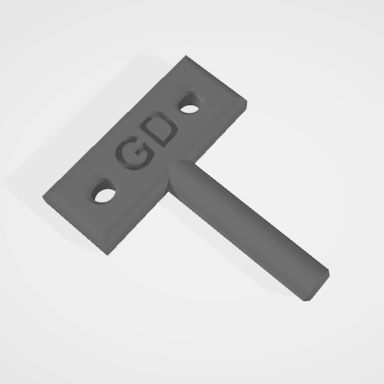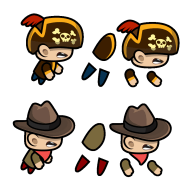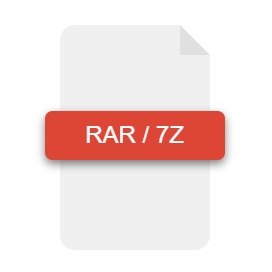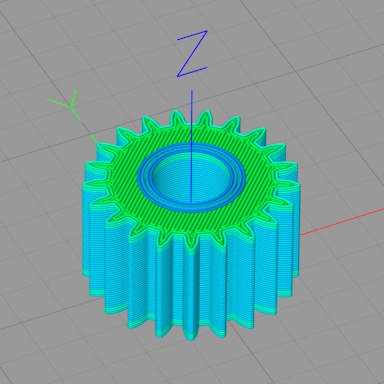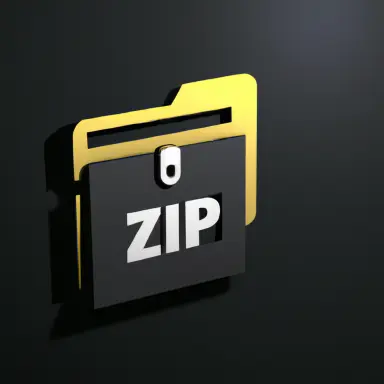Comparing 3MF and STL Files
While both 3MF and STL files are capable of storing complex 3D models and both have widespread support amongst the 3D printing community, we will delve a little deeper into both formats to try to work out the scenarios where one format would be preferred over the other.
Features
Let's start with the basics. Both 3MF and STL files are capable of storing 3D mesh geometry; however, they both do this in different ways. With STL files, the geometry is represented by a simple list of triangles, each with three vertices that define the points of the triangle in 3D space. Along with these vertices is a single-face normal vector, which expresses the direction the face is pointing. It is quite striking when comparing this to how the 3MF format stores its geometry. The 3MF format uses indexed lists of vertices to define the surface geometry of the 3D object, which is a more efficient way of storing 3D geometry than the flat triangle list used by STL files. On top of this, the 3MF format also supports object colors and textures. It also contains other metadata specific to 3D printing, which makes the 3MF format more appropriate if you intend to 3D print your object.
Uses
While both files can be used to store and transmit 3D objects, they are both intricately linked to 3D printing. The STL format is the older of the two formats, has been around since the mid-1980s, and was never designed with 3D printing in mind. It has taken on the role of being the format of choice for distributing 3D printable models due to its simple file structure that is easy to implement within 3D printing slicer software and its widespread support within 3D applications. You will almost always find an "Export to STL" option within any 3D modeling application.
The 3MF file format, on the other hand, is a much more modern format that was designed from the start for 3D printing. As well as storing the 3D geometry in a more efficient format and being able to contain surface textures, it can also contain important metadata information used by 3D printers, for example, the units of scale such as millimeters, centimeters, meters, inches, etc.
Along with all these features is the added bonus that 3MF files are compressed with the same technology that is used by ZIP files, ensuring your 3MF files are small and efficient to transmit. STL files, on the other hand, are not compressed and can become quite large with more complex 3D objects.
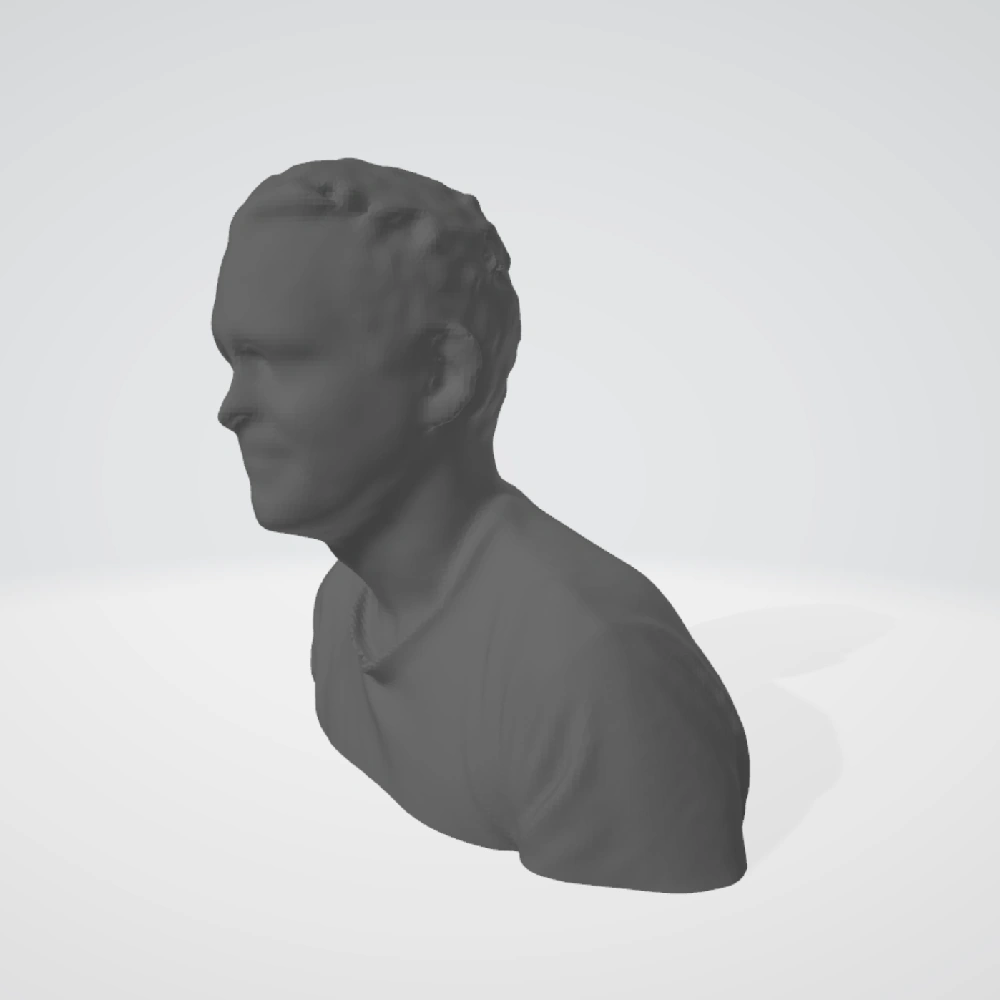
A scanned person in STL format

A 3MF 3D printable battery container
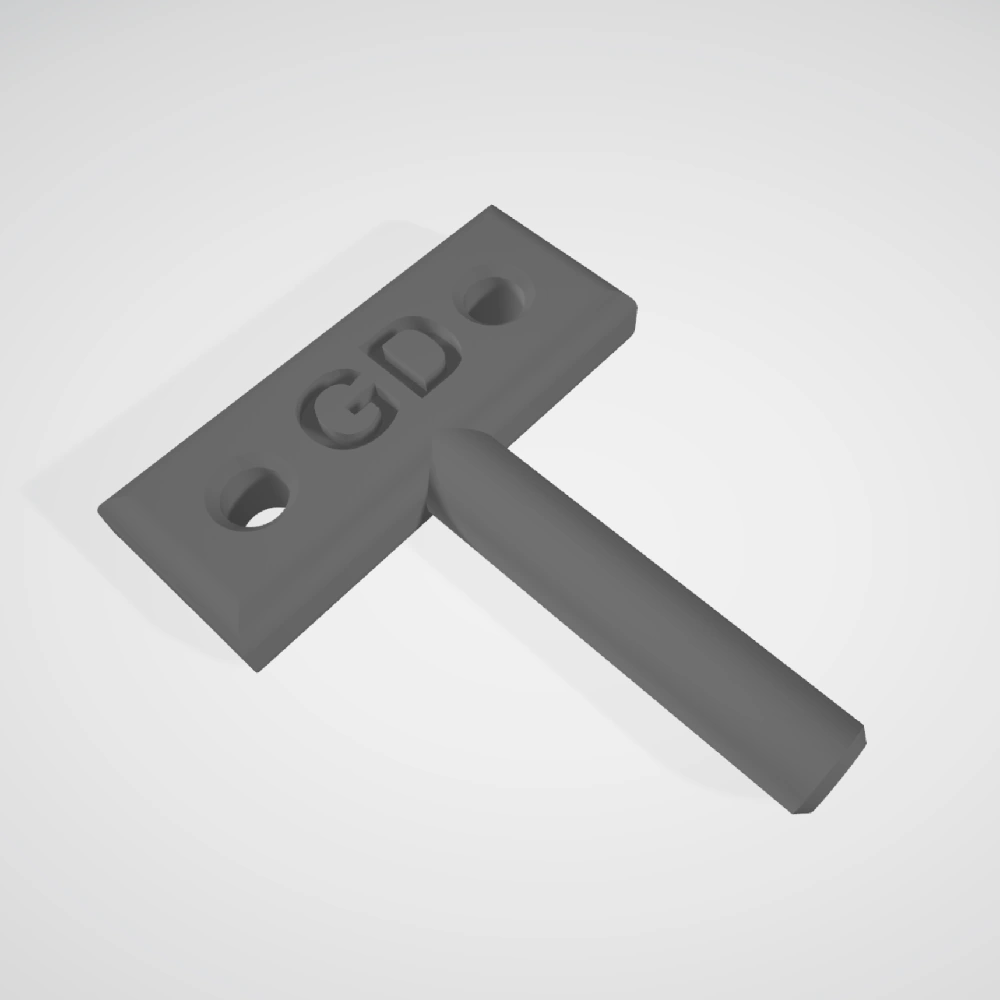
A wind-up clock key 3D print file
Summary
For the broadest compatibility with 3D modeling and 3D printing slicer software, the STL format has the edge. It is also the most common format for distributing 3D printable models. If you download a 3D printable file from the web, the chances are it will be in the STL format. The 3FM format, however, is still relatively new, with support still being implemented in 3D modeling and 3D printing software, so it still has some way to go.
If the model you wish to 3D print needs to contain units of measurement data or is a multi-color print, the 3MF format would be the obvious choice to save your model to.




